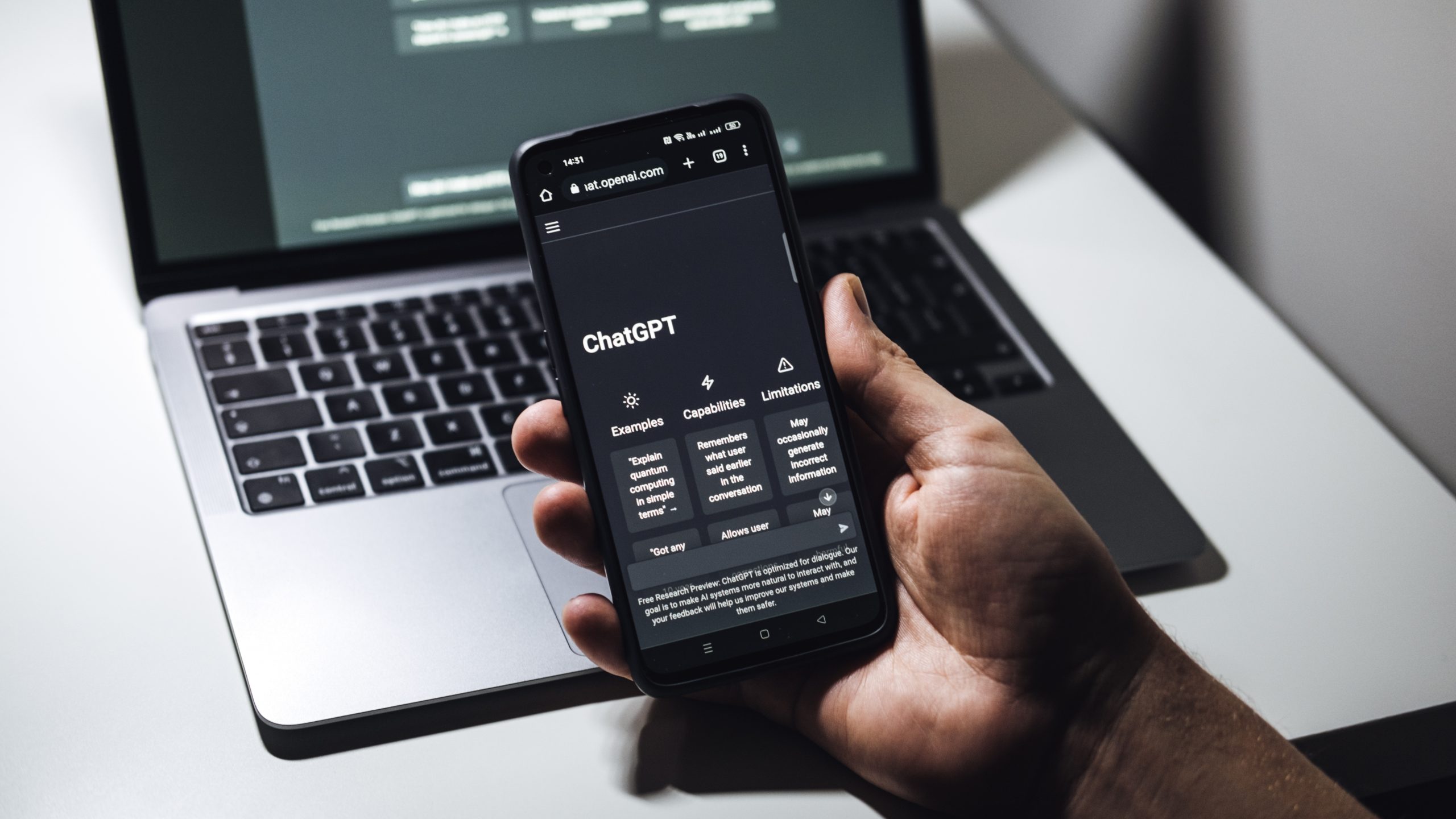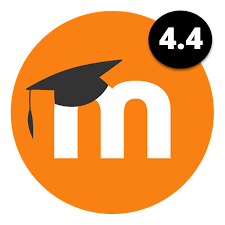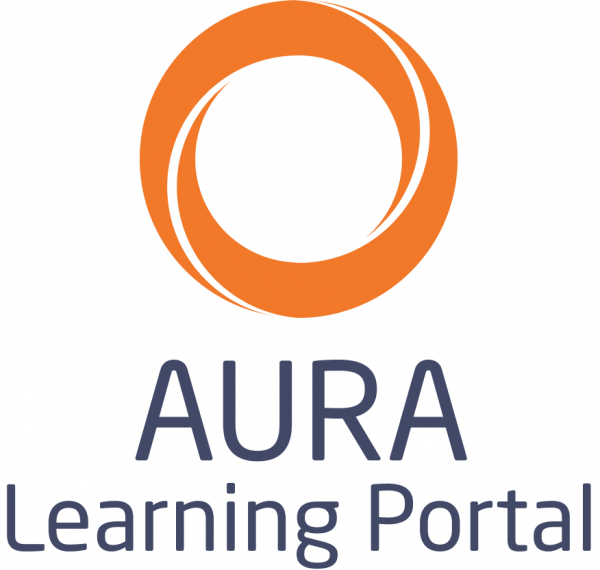
2022 ended in a blaze of publicity and controversy as OpenAI offered the public a look at their latest chatbot service, known as ChatGPT, built on version 3.5 of their Generative Pre-trained Transformer (GPT) engine.
Simply enter a prompt such as “Write a short article comparing the importance of CRISPR and Fusion as technological advances” and the AI will generate an original, credible-sounding, text within seconds. See the following ChatGPT response, created Jan 17th, 2023
CRISPR and Fusion are two technological advances that have the potential to greatly impact various industries and fields.
CRISPR, or Clustered Regularly Interspaced Short Palindromic Repeats, is a genetic editing tool that allows for precise manipulation of DNA sequences. This technology has the potential to revolutionise medicine by allowing for the development of targeted therapies for genetic diseases and the creation of more effective vaccines. Additionally, CRISPR could also have a significant impact on the agricultural industry, allowing for the creation of crops with improved yields and resistance to pests and diseases.
Fusion, on the other hand, is a technology that aims to replicate the process that powers the sun, in order to create a sustainable and virtually limitless source of energy. Fusion has the potential to provide a solution to the world’s energy crisis and reduce our dependence on fossil fuels. This technology is still in the early stages of development, but if successful, it could have a profound impact on the future of energy production.
In conclusion, both CRISPR and Fusion are important technological advances that have the potential to greatly impact various industries and fields. CRISPR may revolutionise medicine and agriculture, while Fusion has the potential to provide a sustainable and virtually limitless source of energy.
So what is generative AI?
For anyone surprised at the seeming overnight arrival of ChatGPT, it’s worth pointing out that its predecessor from 2020, GPT-3, clearly foreshadowed the on-going progress and potential of this branch of AI technology, known as Large Language Models (LLM). But because it didn’t quite work well enough to pass as human, it caused less interest outside AI enthusiasts. But we’ve now seemingly reached a tipping point where the exponential progress has brought us to a situation where it clearly works well enough to frighten people – we’re on the 2nd half of the chessboard and can’t turn back. On TikTok, the hashtag #chatgpt has more than 650 million views, proving its breakthrough into popular awareness, despite being billed as a “research release”
Like most AI/Machine Learning technologies, the underlying ‘magic’ lies in extracting value from vast quantities of training data. GPT is trained to find relationships between words – ingesting gigantic amounts of content from scholarly articles to websites and social media.
As with all AI to date, it’s vital to understand that, despite its apparent prowess, the system doesn’t “understand” its outputs and lacks common sense. Gaps in training data will lead to less reliable answers. OpenAI states in its ChatGPT FAQ that it can occasionally produce incorrect answers, and can produce “harmful instructions or biased content”. It also says it can write “plausible-sounding but incorrect or nonsensical answers”. But with those caveats in place, ChatGPT’s has still grabbed people’s imagination with over 1 million people trying it out in just 5 days!
An Academic Apocalypse?
The apparent ability of ChatGPT to create human-like essay answers led to immediate concerns that the tool could be all too easily used by students to shortcut assignments and bypass existing plagiarism services that are designed only to detect cut-and-paste, not generative AI outputs. Bubbling academic integrity concerns over essay-writing services being available online have been overtaken by the availability of free-to-use generative tools.
New York City Public Schools moved to ban the technology on their network fearing that “While the tool may be able to provide quick and easy answers to questions, it does not build critical-thinking and problem-solving skills, which are essential for academic and lifelong success.” But others have wondered if it is akin to prior generations’ outrage that greeted the invention of the affordable pocket calculator and the associated harm to the world’s arithmetic prowess. As one writer wryly notes, “Techno-apocalypticism in the ivory tower” rolls around every few years, so we shouldn’t be surprised at this response.
At Enovation, we believe the best approach is to understand any potential positive applications of this emerging technology and to find ways to integrate it into teaching, whilst adapting assessment techniques to retain their relevance and integrity. It feels like a key focus in the coming months needs to be the development of literacy about the availability and abilities of services like ChatGPT. Teachers and students alike need to know what benefits they may offer but, crucially, the shortcomings of the current systems.
We need to be realistic that the technology will be available in professional contexts, outside of assessments, and students must be prepared to use it effectively. Alongside the basic literacy and reasonable use decisions to be made, it’s also important to remember that users shouldn’t enter personal information (e.g. real names, PII or emails as these are retained by OpenAI). Just as with the adoption of calculators or open-book exams, academics need to consider developing more creative ways to assess foundational knowledge, whilst honing the skills of using the powerful new tools available to augment human performance.
The emergence of transformer-based AI services represent a paradigm shift from an era of Google providing links where we may find answers to our queries to an era of AI providing tailored narrative answers on demand, which skips the minimal curation we tend to do over the first couple of Google links. ChatGPT’s fluent, confident answers make it easy to accept at face value.
Above all, we recommend people spend some time trying ChatGPT to understand it – query it based on areas of your own knowledge and see how good or bad its answers are.
Among the kinds of requests you can make of it:
- Design a syllabus for class about education technology
- Write a policy for the use of AI writing tools in class
- Provide 10 multi-choice questions about health and safety legislation
- Write a script for a podcast about learning and development
- Write 10 attention-grabbing headlines for a blog article on generative AI
While we’re talking here about the academic impacts of ChatGPT-style technologies, the implications are not just for academic texts. Yes, you can prompt generative AI to write poetry, marketing blogs or even software code in a variety of programming languages; but beyond text outputs, there are generative AI tools to create images – you can ask tools such as DALL-E to generate “A painting looking through a window at city lights after it’s been raining at nighttime in the style of Van Gogh”.
Note the watermark in the bottom right corner to show it was generated by DALL-E-2.
What’s Next?
Although there’s a tendency in technology circles to hail every development as a breakthrough/the future/revolutionary, it does feel like AI technologies such as ChatGPT are a significant milestone, an important first step towards a new paradigm of how and when we use technology. Complex and even creative tasks that were previously beyond the reach of computers are now just a prompt away.
ChatGPT (which you’ll recall we said earlier is built on GPT version 3.5) is just a step – the underlying technology it uses is evolving quickly and GPT Version 4 is due later this year. There are plenty of other transformer-based LLMs being developed by companies, including Google. There’s a goldrush-style race to commercialise task-specific models – essentially wrappers around the underlying models to adapt them to a particular purpose. However, training the underlying models remains the preserve of large well funded organisations – a model like GPT has over 175 billion parameters, over a trillion words and requires over 5 thousand petaflops of compute power. AI supremacy will be the next battleground for big tech and will have implications way beyond education – and if you don’t believe us, just ask ChatGPT yourself…..
Note, this blog article was written by a human at Enovation. But you could always ask ChatGPT to write it and see how it compares!
In February, we’ll be interviewing a number of leading experts on a new podcast series dedicated to AI and the future of education….





.png)



